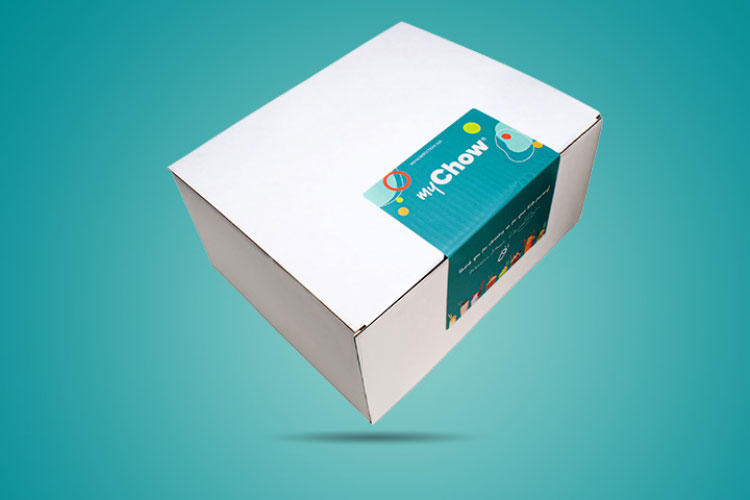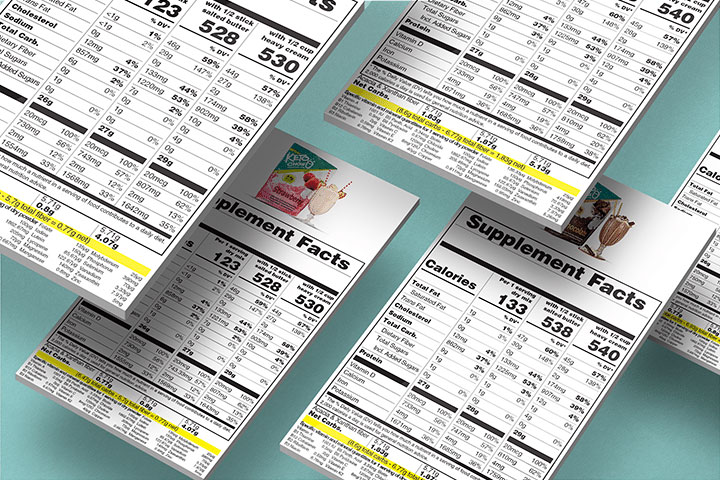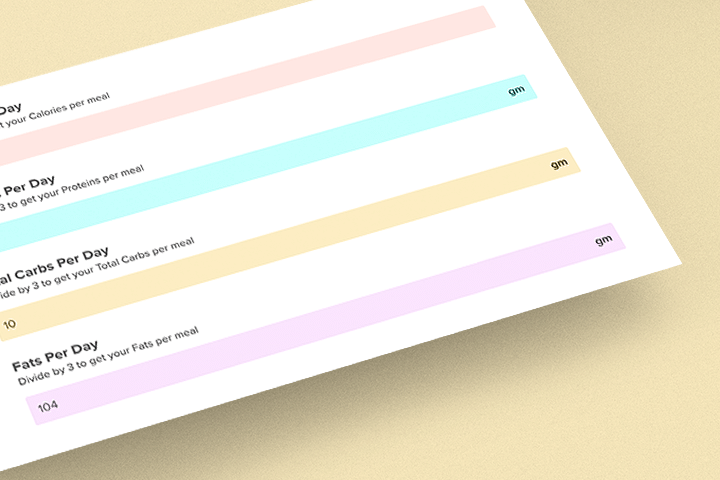I was intrigued talking to a friend about the first generation Ōura ring he had and decided I wanted to try it out for myself.
I also had a Fitbit Charge HR and an Android Wear (not WearOS because they didn’t update it, I’m not bitter) watch that I was using. I figured a comparison is in order! All of the following data can be found on this Google Docs Spreadsheet.
One feature that Oura champions is heart rate tracking. Because the ring is snugly on your finger, they can do some cool stuff with tracking how variable your heart rate is, they also use the HR data for tracking sleep (just like Fitbit does). So here is how the Resting Heart Rate compares with the Oura and Fitbit:
It looks like the Fitbit is taking a longer average rate, while Oura is doing a shorter sample window but I’d say they’re both showing similar things.
Speaking of heart rate, let’s see how sleep tracking compares. In this graph, I’ve added the values from Sleep As Android, a sleep tracking program that I run on my phone as an alarm clock and tracks sleep. I actually have data going back to 2015 (I sleep more now since I quit my day job and stopped going to work at 5:30 am). Sleep As Android added support for using an Android Wear/Wear OS watch for tracking movement and heart rate to indicate sleep cycles, otherwise you stick your phone on your mattress and it measures the movement.
The plots for Fitbit and for Oura are REALLY close. Easily within a reasonable margin of error. SAA + the watch tracks at about the same, except it shows me sleeping about 0.5-1 hours longer on a given day. I suspect that the Fitbit or Oura data is more accurate since both are far more consistent with their heart rate data. SAA will often not show HR data at all.
OK, what about activity tracking? I’m right-handed and have Google Fit tracking on my left hand with Fitbit and Oura on my right. Fitbit has an option to select “handedness” – if you wear the tracker on your dominant wrist, it lowers the sensitivity to account for more non-step movement from that hand.
I’m guessing that having my Fitbit on the dominant hand with the lowered sensitivity accounts for the consistently lower numbers from Fitbit.
So what’s the take-away from this? It seems that the Oura ring is a very comparable sleep and activity tracker. The Fitbit has some other features that are lacking in the Oura (Social challenges against other users, differences in workout tracking, no way am I wearing the Oura while weight lifting) but I think I’m done wearing two watches – the Oura works good enough. If you happen to work in a profession where the ONLY allowed jewelry is a ring, the Oura would be phenomenal.
























